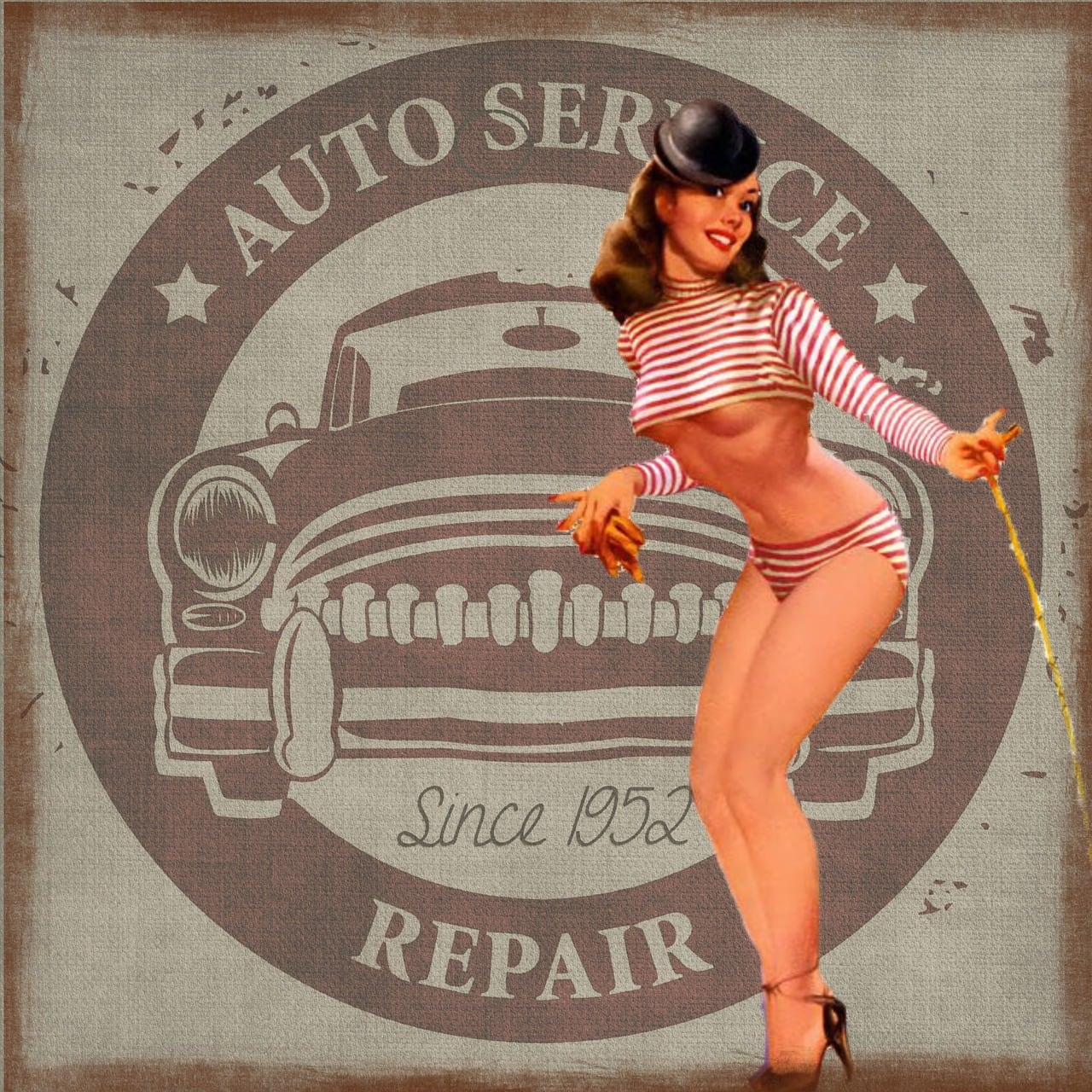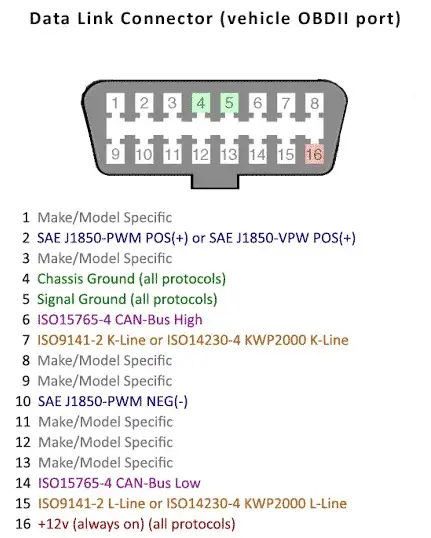
What You Need to Know When You Perform Your OBD2 Test
Onboard Diagnostics II, also known as OBD-II or OBD2 is a standardized computer vehicle diagnostic system found on newer vehicles produced after 1996 that refers to an automobile’s self-diagnostic and self-reporting capacities. OBD2 continuously monitors the multitude of electronic sensors found within engines and emission control systems such as catalytic converters.
OBD2’s monitoring of engine sensors is done while the vehicle is in operation to effectively confirm that the vehicle is optimally functioning. Via the diagnostic port, vehicle owners are given diagnostic trouble codes which can be used to determine the cause of the engine trouble

Disparate to the earlier OEM-specific OBD1 systems, OBD2 is distinct in that it utilizes the same code designations, connectors, and communication protocols from differing manufacturers. The consistent and invariable nature of the OBD scanners relationship with different manufacturers ensures that a singular OBDII scanner is capable of providing access to the full spectrum of system data available on all post-1996 vehicle makes and models.
Vehicles purchased on January 1, 1996, and after are legally required to be OBD2 equipped and compliant. OBDII covers the following years:
| Country of Residence | Supported/Covered Years | Incomplete/Unsupported Years |
| United States (gas) | 1996 and newer | 1994 and 1995 |
| United States (diesel) | 2004 and newer | 1996 to 2003 |
| United States (Heavy-Duty vehicles with GVRW exceeding 14000 pounds) | 1996 and newer | |
| Canada (gas) | 1998 and newer | 1996 and 1997 |
| Europe and UK (gas/petrol) | 2000 – 2001 and newer | 1996 to 1999 |
| Europe and UK (diesel) | 2003 – 2004 and newer | 1996 to 2002 |
| All Other Countries | 1996 and newer |
OBD2 is user-friendly and straightforward to use due to the universal connector defined by SAE J196, which is inclusive of two regulated, standardized hardware interfaces termed Type A and Type B, both of which are 16-pin, female, D-shape connectors featuring a groove located between the two sets of pin rows.
The Type B interface is distinct from the Type A interface with its disrupted middle groove which results in the inability to plug a Type A male connector within a Type B socket. Contrarily, you can insert a Type B male plug within a female Type A socket.
Type A and Type B connectors are divergent in that the Type A connector is employed for vehicles using a 12V voltage supply, while a Type B connector is designated for 24V vehicles.
Using an OBD2 scanner is relatively easy. The functionality of basic scan tools is facilitated by the simple insertion of universal plugs within a vehicle’s OBD2 diagnostic connector.
Once you have inserted the universal plug into the OBD2 connector, follow the basic protocol detailed below to successfully perform your OBD2 test.
Simple OBD2 Protocol: Basic Steps to Successfully Complete Your OBD2 Test
- Ensure that you have plugged the appropriate basic scan tool into the OBD II connector under the dash
- Place the key into the ignition and turn the key on to power up and initialize the OBD2. Ensure that you do this without actually starting the vehicle’s engine
- Subsequently, start the vehicle and proceed to follow the instruction manual’s code reading procedures
- The scan tool will request a range of information from you including the vehicle’s VIN, vehicle make and model, and the type of engine.
- Following the onscreen instructions, input the correct answers to the questions
- Following the directions on the screen, simply press scan and wait for the diagnostic results to come back and inform you what issues the vehicle is experiencing
- At this point, you will be afforded the opportunity to read and erase trouble codes, check to see completeness of readiness monitors, and view engine data in real time for an in-depth and comprehensive look at the functionality of the vehicle’s systems
- If you are unfamiliar with certain trouble codes, double check the instruction manual or CD-ROM that came with the OBD2 scanner. Additionally, you can also perform a simple web search by keying in the code and obtaining a simple explanation online
- Conversely, if you have a higher-end scanning tool, you will be provided with the trouble code’s description right on the scan tool’s screen
- Upon establishing the trouble codes for your vehicle, you can utilize the information to make informed purchases of essential parts to repair your vehicle or you can share the information with the mechanic fixing your vehicle as a way to corroborate this own independent diagnostic findings
Conclusion
Historically, vehicles clearly indicated the problems they were experiencing and the work they require, which was resultant of their more basic construction and capabilities. In today’s modern times, vehicles are sophisticated vessels replete with an abundance of high-performance technological capabilities that render them more complicated to understand, diagnose, and repair than their earlier counterparts.
While advances in vehicle technology have resulted in increased difficulty in diagnosing system problems, they are at the same time a boon to vehicle owners. Through a multitude of automatic sensors, automatic warnings of potential issues notify vehicle owners of potentially critical problems with fuel, transmission, ignition, and emissions systems in addition to safety equipment and brakes.
OBD2 diagnostic scanners are a critically essential way for vehicle owners to easily and effectively diagnose the problems on their own without having to visit a costly mechanic or shop. OBD2 scanners are available in abundant supply throughout the consumer market and come in assorted models with an array of different options that fit a wide-range of budgets. From top-of-the-line scanners to simple OBD2 scanners that are free of frills, consumers can find the perfect scanner for their highly individualized needs.
Whether your scanner is a basic, no-frills device or a premium wireless model, the OBDII is an essential part of any car-owners arsenal with its empowering aspects of being able to self-diagnose problems without accruing additional and unnecessary costs. The OBDII not only identifies issues but works to create a more intimate relationship between car and owner by arming owners with valuable information that serves to familiarize them with the inner workings of their vehicle.
With its affordable pricing and litany of benefits, wireless OBD2 scanners are heralded throughout the automotive world as must-buy devices that are sound investments and will serve to benefit vehicle owners for years to come. To become an expert at the inner workings of your vehicle, buy an OBD2 scanner today and start saving money by keeping your vehicle running smoothly for years to come.